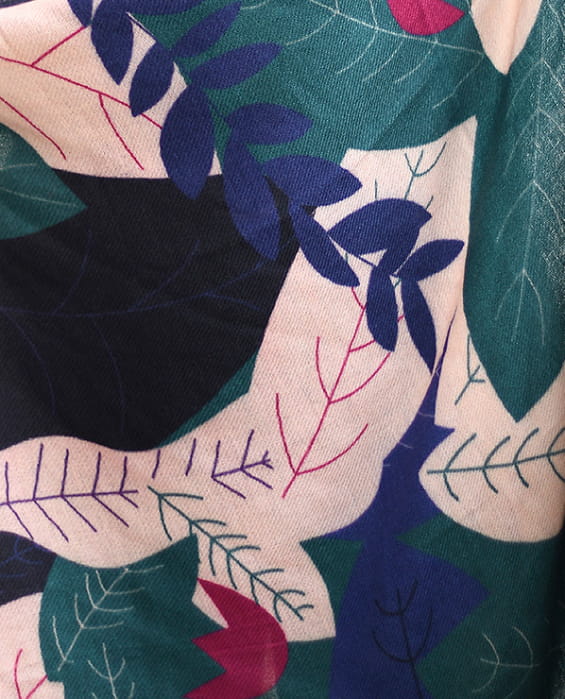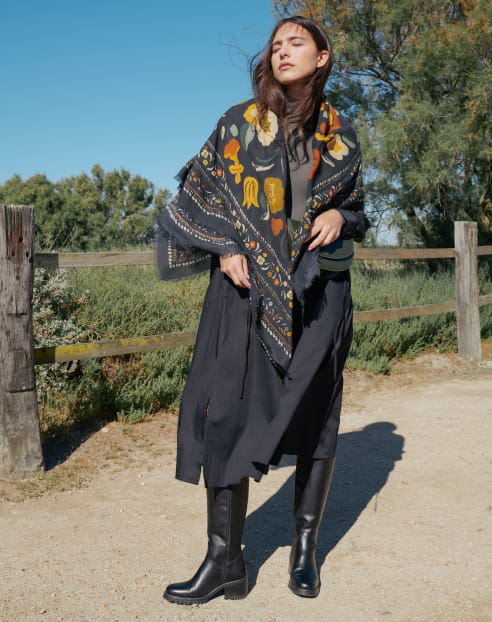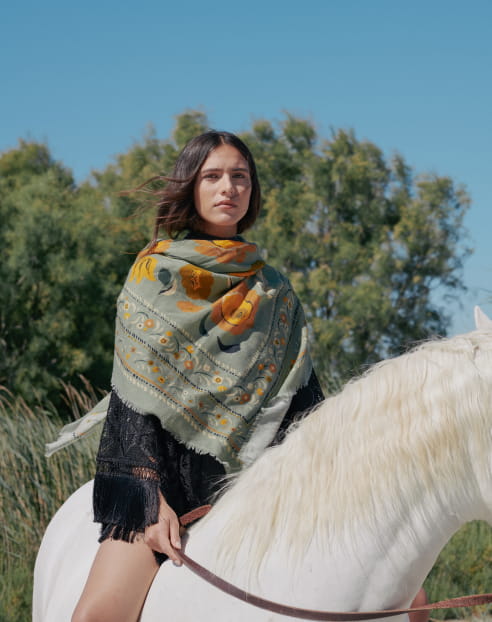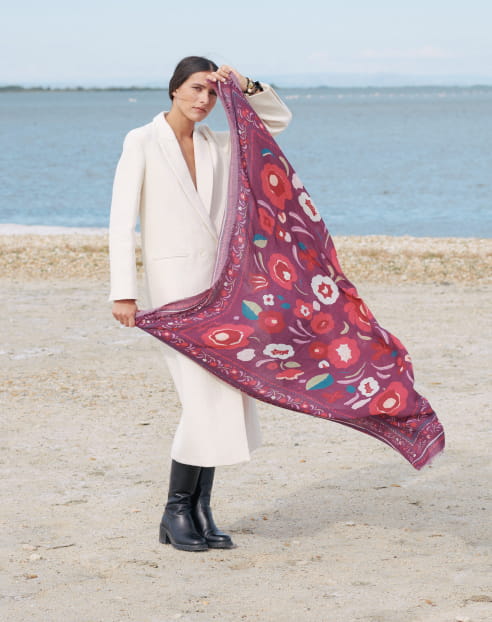Embark now to discover all our maradjic news.
Wool
Our tips
How to take care of wool?
There are several solutions: you can wash the piece by hand and let it soak in water (hot or cold, it doesn't matter, but you must keep the same water throughout the washing/rinsing process!) Do not stir, wring out gently, and do not put your piece in the dryer.
If you wish, you can also use the machine wash with a short program that is specific to wool: this is called a cold wash with a mild soap and a small amount.

History of wool
Wool is an entirely natural fiber that comes from the softest hair of sheep, which they use to protect themselves from the lowest temperatures. Thanks to their shearing, these little balls of hair allow us to arm ourselves effectively with our wool scarves against winter.
This material has been used since prehistoric times in Asia Minor. The sheep was the perfect animal for these people: they ate its meat and recovered its wool to create clothes or shelters. These animals are mobile and adapt easily to a new environment. The Persians, Greeks and Romans introduced the herds throughout Europe.
The different stages of wool production are the following: the first one consists in making the raw wool by shearing the sheep. The fleece will be divided into different parts and then classified into lots according to their quality.
Once the wool is sent to the various textile factories, it is transformed into yarn.
This process begins with a soaking and then a washing of the wool, to remove all the impurities it contains.
Once dried, the wool is carded, which is the step that consists of untangling and parallelizing the wool fibers.
The fine wool is then combed into a ribbon called "carding ribbon" before being turned into yarn (these yarns will give life to fine fabrics and knits). The thicker wools come out of the carding machine in the form of fine strands which are transformed into yarn directly (they will be used later for fabrics and knitwear of more rustic aspect).
Spinning is a very old art that draws its know-how from the making of yarns from discontinuous and irregular filaments. Depending on the result one wishes to obtain, with properties of more or less solid, elastic, regular or coarse threads, the wool undergoes stretching by the spinning machines.
Finally, the wool is dyed as desired to give the piece of fabric the look of your dreams. This is done with dye baths after washing, on the carding ribbons, on the threads or after weaving.
What we love about wool is its elasticity and resilience which allows for maximum comfort, warmth and above all, resistance to all tests.




































